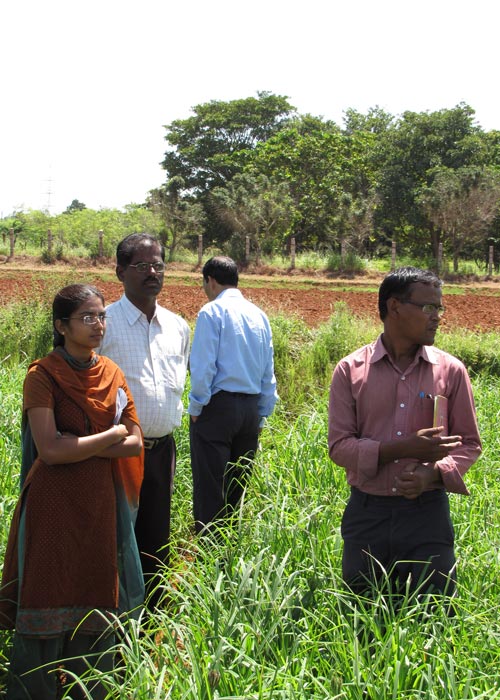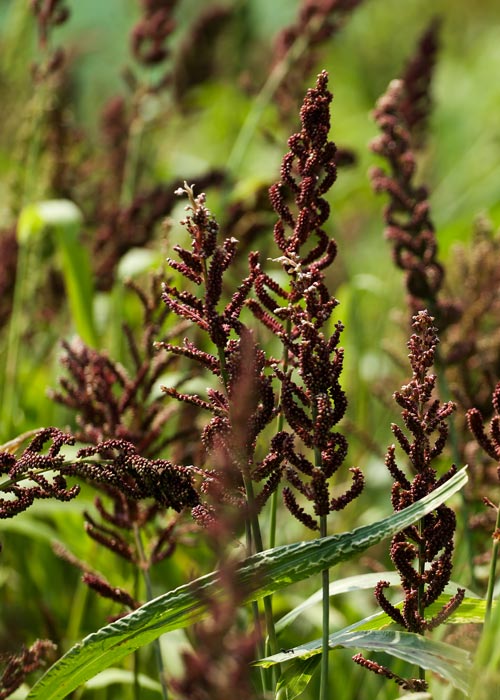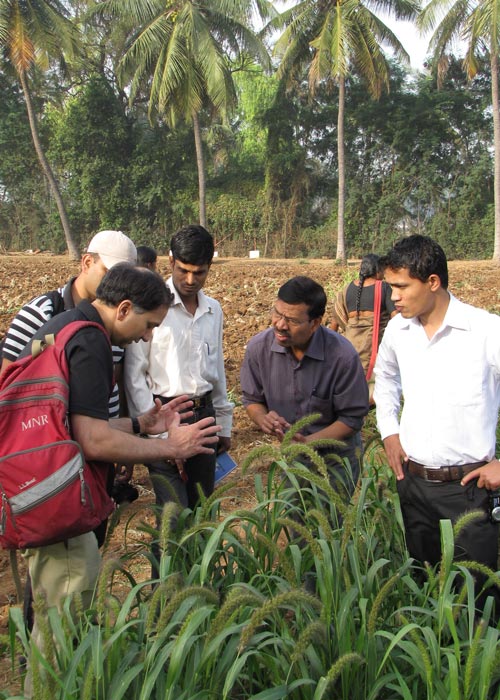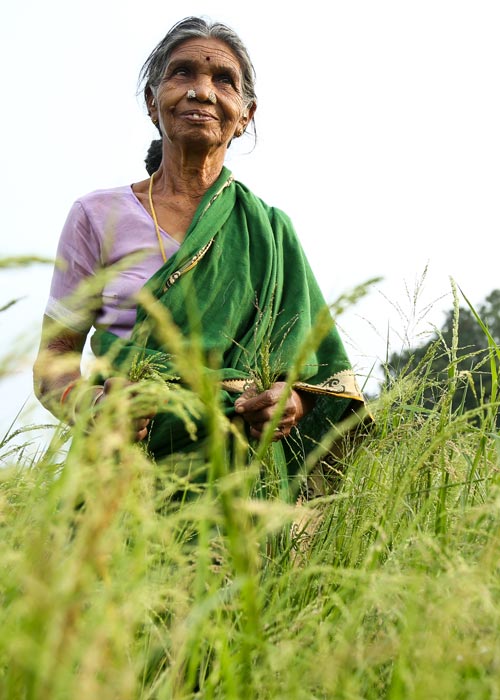Why Small Millets
Many developing countries are affected by health, food security and climate change related issues simultaneously. On the health front, they are facing the triple burden of malnutrition, namely stagnating undernutrition, widespread micronutrient deficiencies and rising incidence of obesity. In India, there is large scale prevalence of stunted growth among under-five age group children (38%) and anaemia among women of reproductive age (51%). On the other hand, obesity is fast increasing across the rural and urban areas. Furthermore, chronic and non-communicable diseases are on the rise. For example, the prevalence of Type-II diabetes mellitus and impaired glucose tolerance were affecting, at an alarming rate, both rural (2.4%) and urban (11.6%) populations. Increasing research and epidemiological evidence link the lack of dietary diversity to these health issues.
On the food front, breaking down of local and regional food systems has led to fast decline in dietary diversity and food safety. Presence of unwanted chemicals has increased in the foods. The breaking down of local food systems is partly due to large scale decline in agricultural biodiversity, which is happening across the states. Location or region specific diverse farming systems have given way to less diverse cropping system and sometimes monoculture on a large scale. As a result, the farming has become a more risky occupation.
The above mentioned two issues got compounded in the recent past by climate change related issues. While increasing incidence of climate change related issues are faced by all the sections of the society, the impact on the farming community is noticeable in the last two decades. Particularly extreme weather conditions related to rainfall has resulted in considerable crop losses. Late onset of monsoon, early withdrawal, long dry spells and untimely rainfall within the cropping period have become quite frequent, leading to increasing uncertainty. More so in the large rainfed tracts of India, where large share of the poor in the country resides. This trend is worrisome, given the fact that irrigated agriculture reached a plateau and rainfed agriculture has to meet increasing share of our food security requirements.
It is in this background of different but interrelated dominant issues faced by the society, the role and importance of small millets can be understood. Small millets are one of the important traditional food groups that have been moved out of the food basket in recent times. Small millets in the Indian context include finger millet, kodo millet, little millet, foxtail millet, proso millet, barnyard millet and brown top millet. Small millets have been cultivated in India for around 3000 years, making them an integral part of the culture and history of India. References to small millets can be found in mythology, poetry, religious practices and ayurvedic recipes.
Small millets offer better nutrition with various micronutrients like vitamin B complex, calcium, iron and sulphur, high protein, high dietary fibre and low glycemic index when compared to mainstream cereals like rice and wheat. They are known as both preventive and curative foods. They help to effectively manage life style diseases like obesity, diabetes, hypertension, stroke, anaemia and some kinds of cancer.They are also safe source of food as no or meagre farm chemicals are used for their cultivation. They are part of the diverse cropping systems with many healthy associated crops like horsegram, niger, cowpea, etc. and many uncultivated greens. Besides nutritious food, they also offer nutritious fodder.Small millets are climate resilient crops as they have the ability to adapt to a wider range of growing environments, withstand difficult climatic situations,and require less water and few external inputs. Given their ability to offer nutritious food and fodder even under climate vagaries, they play important role in ensuring food and income security of the rainfed farmers. In these ways, small millets fall in the sweet spot where in health of planet, people and economy converges.
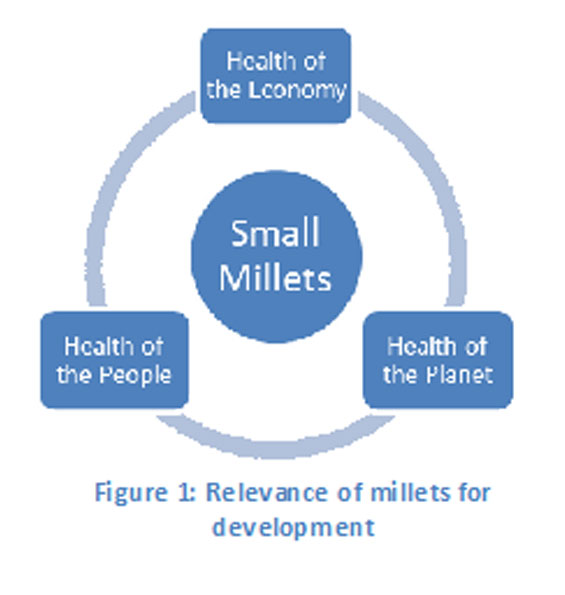
Despite these advantages, small millet cultivation and consumption have declined across the world. In India, the area under cultivation declined from 7.26 million ha to 1.98 million ha (a decline of 56.4% in finger millet and 82.5% for the other small millets) between 1965-66 and 2011-12 (Government of India 2014). These changes also resulted in drastic decline in consumption of nutritious small millets and their associated crops like horsegram and niger. The primary factors responsible for the steep decline in the production and consumption of small millets in India are:
- Less viability of small millet cultivation, mainly due to low productivity and lack of attractive farm gate prices
- Shift in the food preferences away from small millets due to easy availability of rice and wheat through the Public Distribution System
- Drudgery related to threshing and hulling of small millets
- Inadequate investment in product development and commercialization
- Low social status associated with small millet foods and lack of knowledge on the use of small millets in the daily diet
- Inadequate availability of small millet products in local markets and high prices
- Inadequate policy support for small millets when compared to crops like rice and wheat for research, production, processing, marketing and consumption
Realising the importance of small millets for nutrition security of all the sections of the society, DHAN Foundation has started working on the theme of small millets in a focused manner since 2011.

